The longest rivers in the world hold an important place in human civilization. These major waterways have shaped landscapes, enabled trade and transport, supported biodiversity, and nurtured human settlements for millennia.
The top longest river in the world
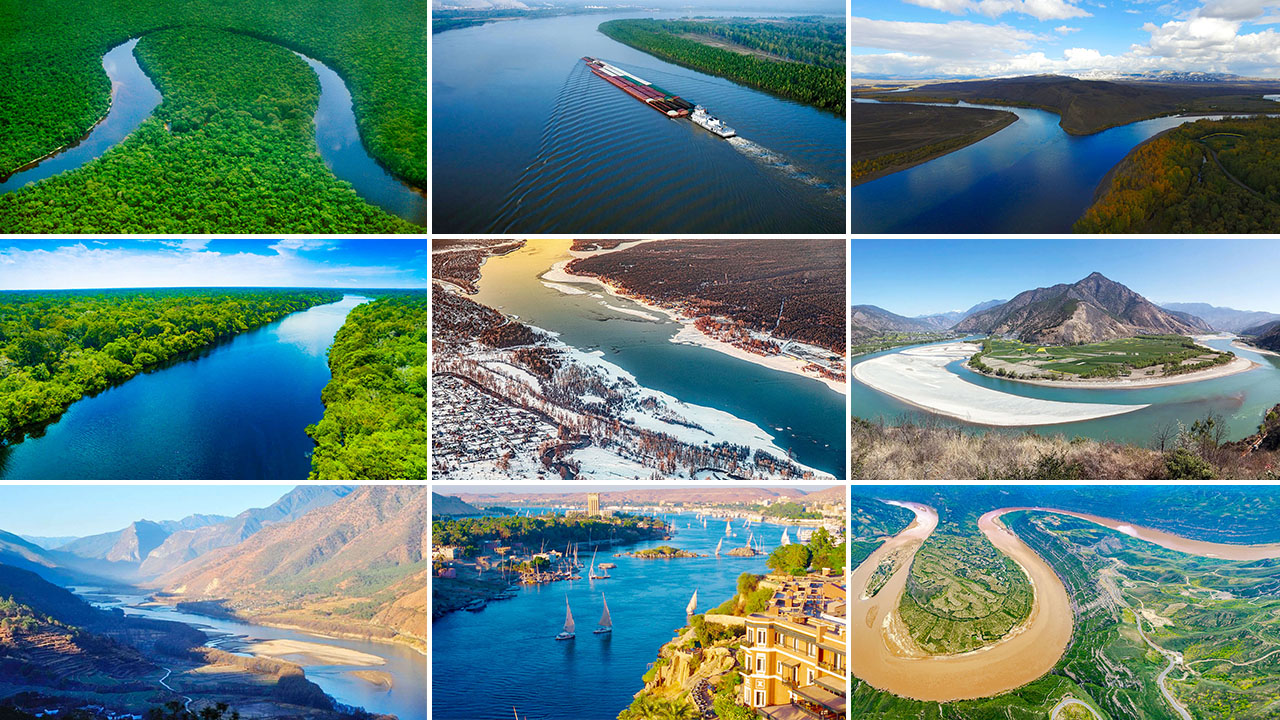
The major rivers of the world arise from a number of sources, including mountain snowmelt, seasonal monsoons, and major watersheds. After travelling hundreds or thousands of miles, carrying nutrient-rich sediments and supporting diverse ecosystems, these rivers eventually empty into oceans, seas, lakes, and deltas around the globe.
Many of the longest rivers flow through multiple countries, highlighting the need for cross-border collaboration on water management and conservation. Understanding and protecting these river systems is essential to preserving the health of the land, wildlife, and human communities that depend on them.
The Nile River (6,693 kilometers)
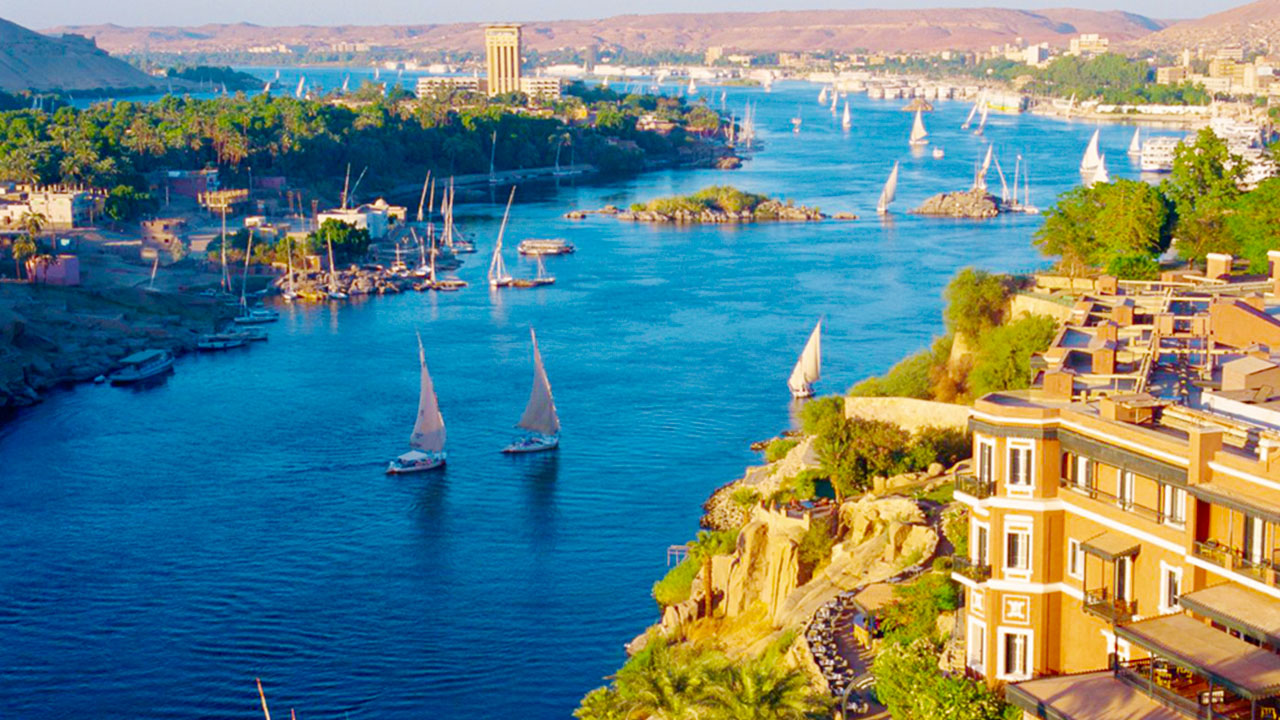
The Nile River is regarded as the longest river in the world, with a massive length of approximately 4,160 miles (6,693 kilometers) from start to finish. It flows northwards through northeastern Africa, traversing Ethiopia, Sudan, and Egypt before emptying into the Mediterranean Sea. Known as the cradle of civilization, the Nile River basin developed ancient kingdoms and agricultural societies dependent on the river’s seasonal flooding. Even today, it supplies water to over 100 million people.
The Amazon River (6,400 km)

The mighty Amazon River carries more water than any other river on Earth. Winding roughly 4,000 miles (6,400 kilometers) across northern South America, it accounts for 20 percent of the freshwater that flows into all the world’s oceans. The biodiversity supported by the Amazon basin is unmatched, including species yet undiscovered by science, though threats from mining, logging and fires pose major conservation challenges.
The Yangtze River (6,300 kilometers)
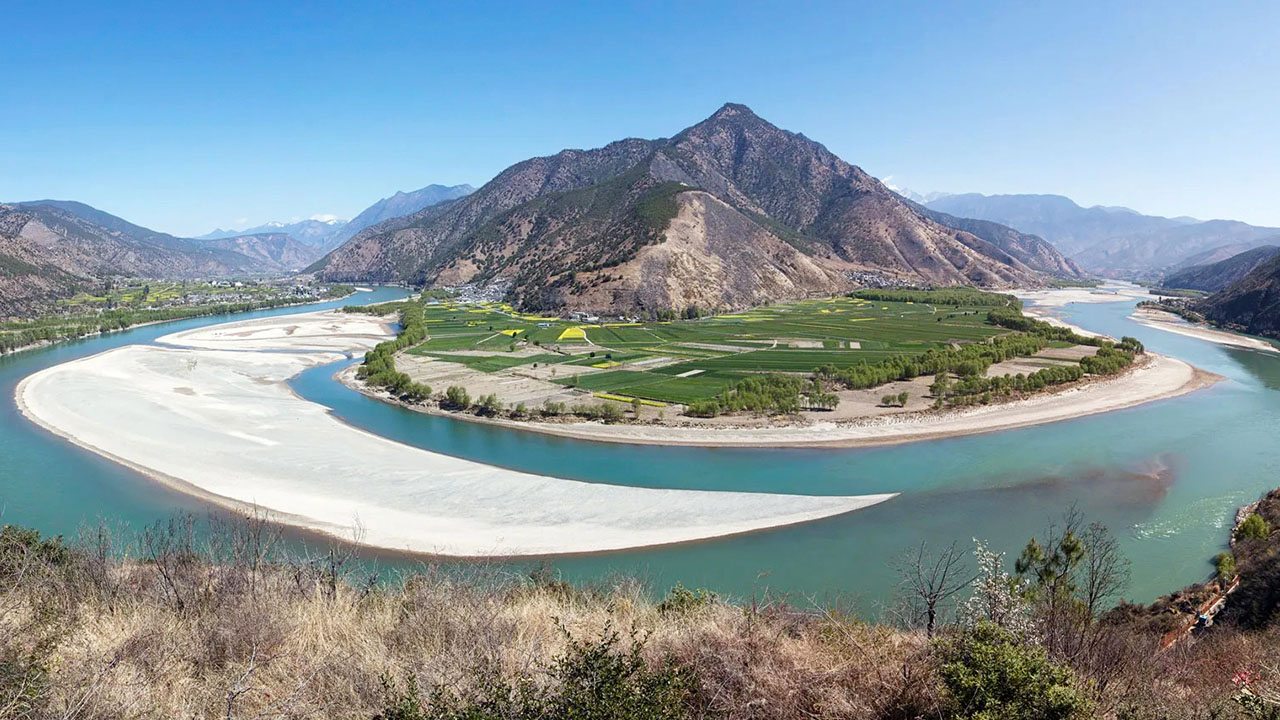
Also known as Chang Jiang, the Yangtze River is the longest river in Asia, extending 3,900 miles (6,300 kilometers) across China from west to east before reaching the East China Sea. It flows through the incredibly biodiverse Yangtze basin, home to endangered species like Chinese alligators and Yangtze finless porpoises, but faces threats from overfishing, pollution, and the construction of the massive Three Gorges Dam.
The Yellow River (5,464 kilometers)
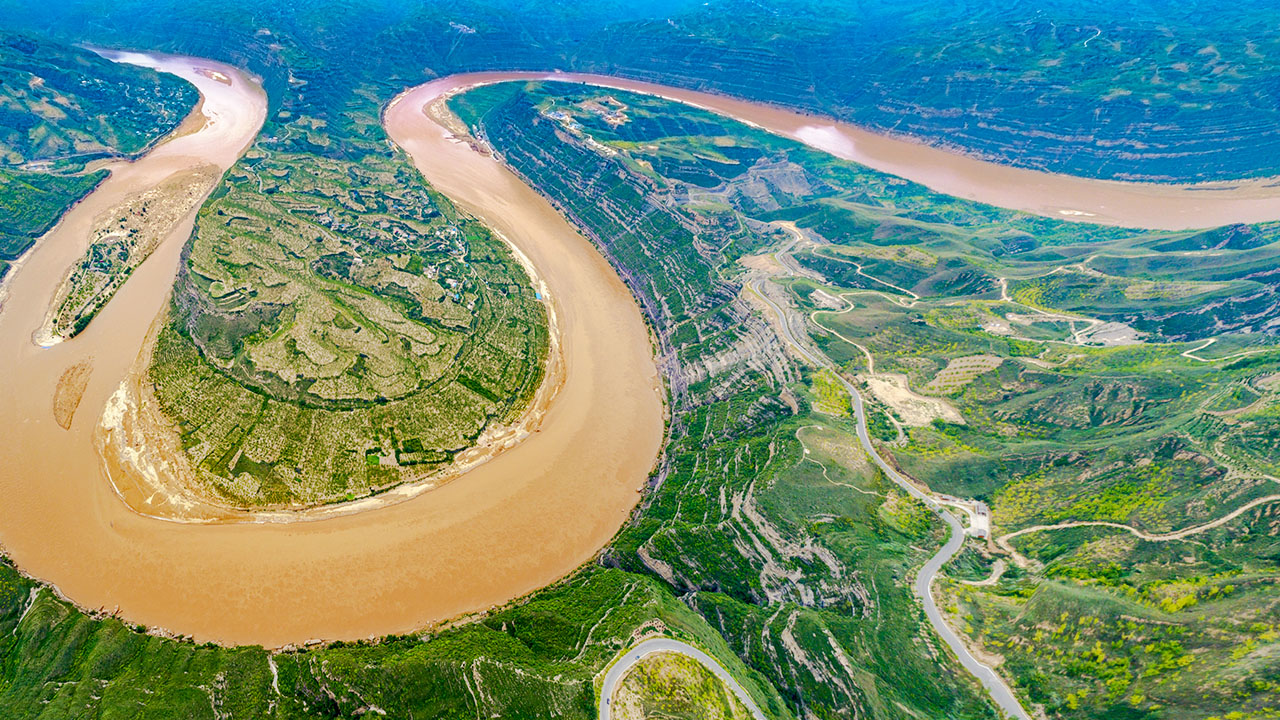
Known in Mandarin as Huang He, the Yellow River derives its name from the yellowish sandy sediments carried in its waters. It stretches 3,395 miles (5,464 kilometers) through the northern Chinese states and empties into the Bohai Sea. Extreme seasonal flooding has earned it the nickname “China’s Sorrow,” though the Xiaolangdi Dam was built to mitigate this.
The Congo River (4,700 kilometers)
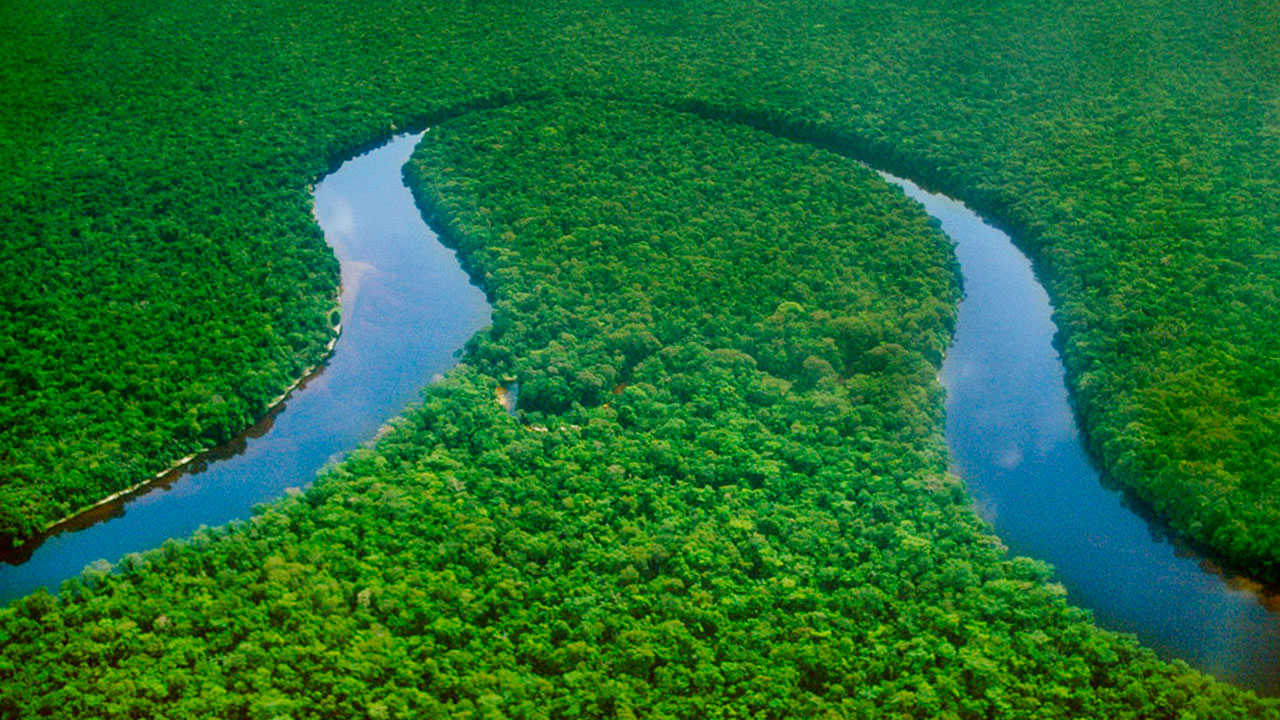
The Congo River’s immense network of tributaries flow across west-central Africa, amassing a length of 2,920 miles (4,700 kilometers) as it reaches the Atlantic Ocean. This makes it Earth’s deepest recorded river at 720 feet (220 meters) deep in parts. Its basin traverses lush rainforests and steamy swamps, sheltering mountain gorillas along with over 700 fish and 700 bird species.
The Lena River (4,493 kilometers)
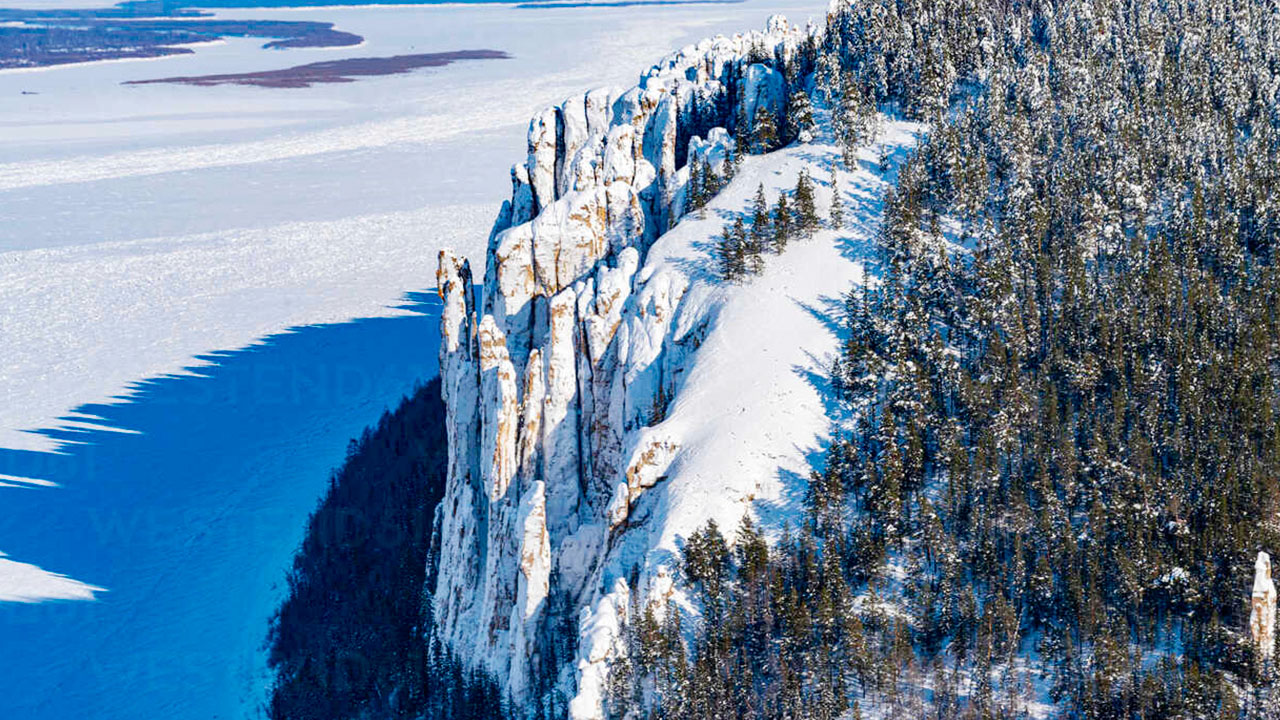
The icy Lena River flows 2,800 miles (4,493 kilometers) northward from a mountain ridge in Russia to the Laptev Sea in the country’s northeast. It freezes over for up to seven months each year. The Lena basin encompasses diverse landscapes like boreal forests and Arctic tundra, hosting wildlife from reindeer to snow leopards.
The Amur River (4,444 kilometers)
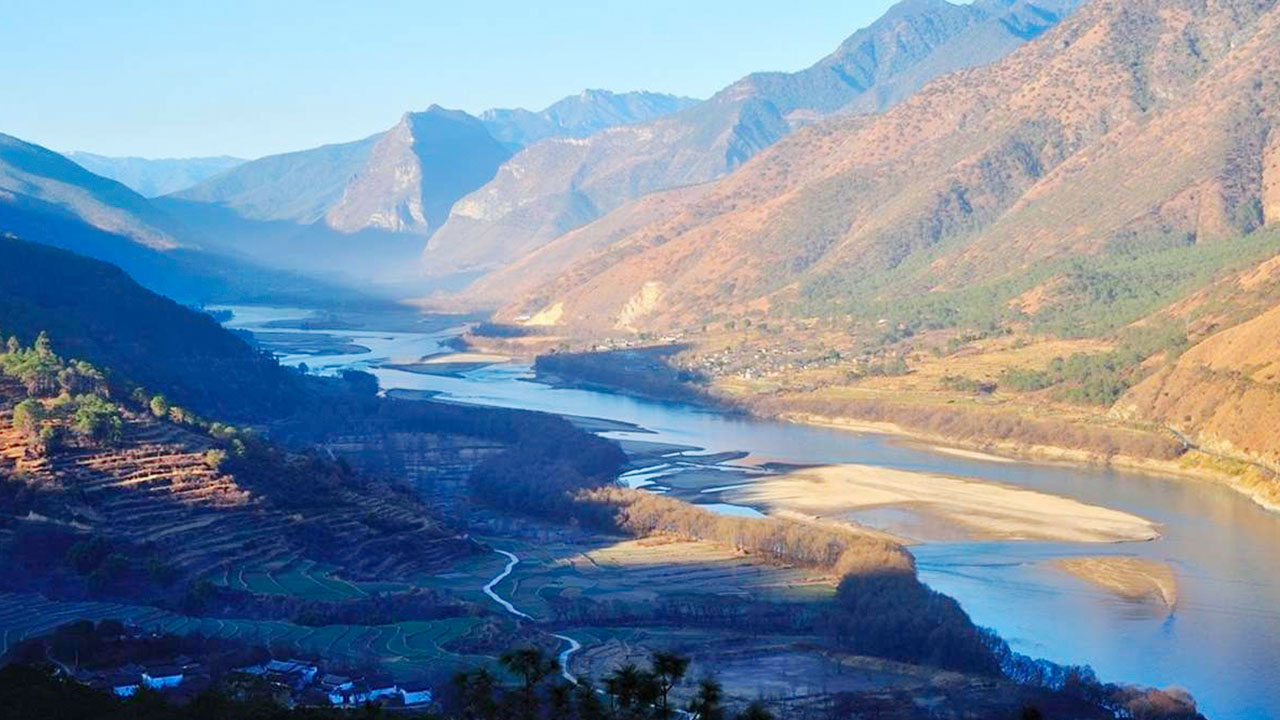
Forming part of the border between Russia’s Far East and northeast China, the Amur River travels 2,824 miles (4,444 kilometers) to the Sea of Okhotsk. Largely wild, the Amur basin contains rich floodplain ecosystems that nurture waterfowl, fish, and the rare Amur tiger. However, gold mining and water pollution now threaten its free-flowing state.
The Mississippi River (3,782 kilometers)
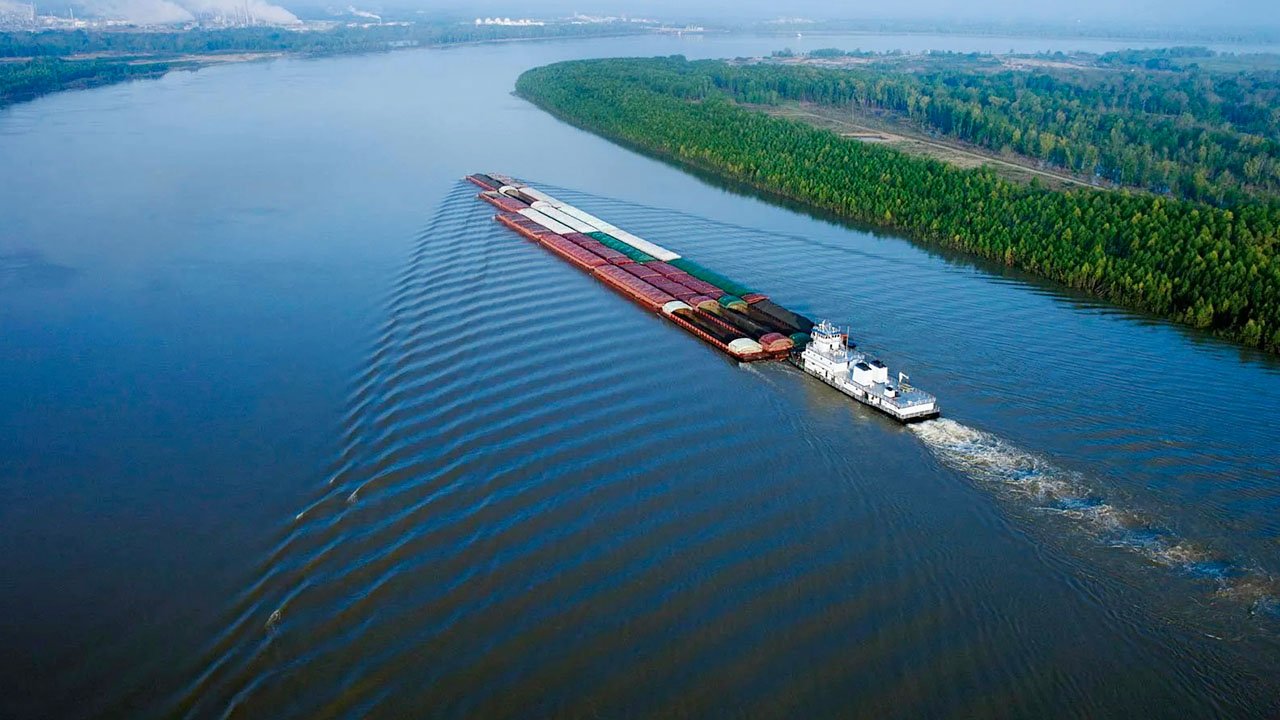
Flowing 2,350 miles (3,782 kilometers) from Lake Itasca in Minnesota to the Gulf of Mexico, the iconic Mississippi River forms the third-longest river system in the world. “Old Man River” drains all or part of 32 U.S. states, carrying materials like sediment and nitrates that create a wide, lush floodplain – though agricultural and industrial runoff now pollute the waterway.
The Yenisei River (3,487 kilometers)
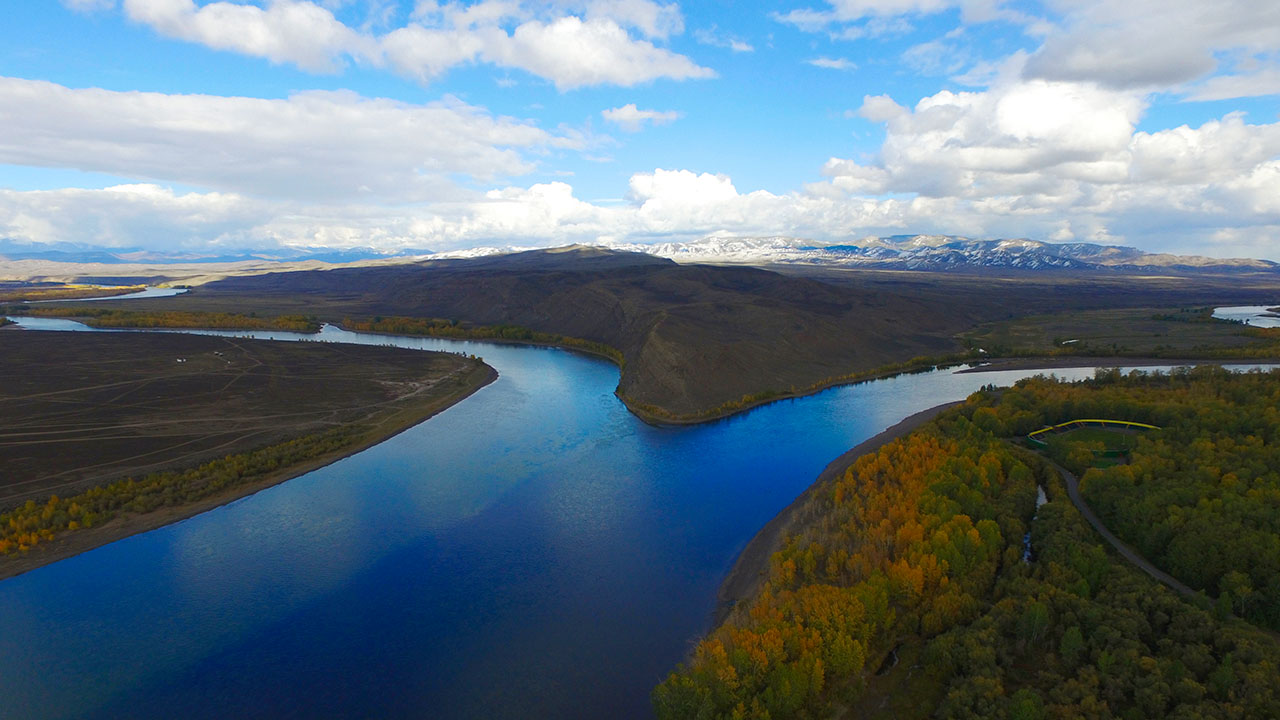
The Yenisei River flows 2,167 miles (3,487 kilometers) from Mongolia through Siberian Russia to the Arctic Ocean. It’s the central of Russia’s three great Siberian rivers, each over 2,000 miles long. Together they flow northwards through the enormous Western Siberian Plain, a key breeding ground for migratory birds and among the planet’s largest stores of carbon.
The Ob River (3,650 kilometers)
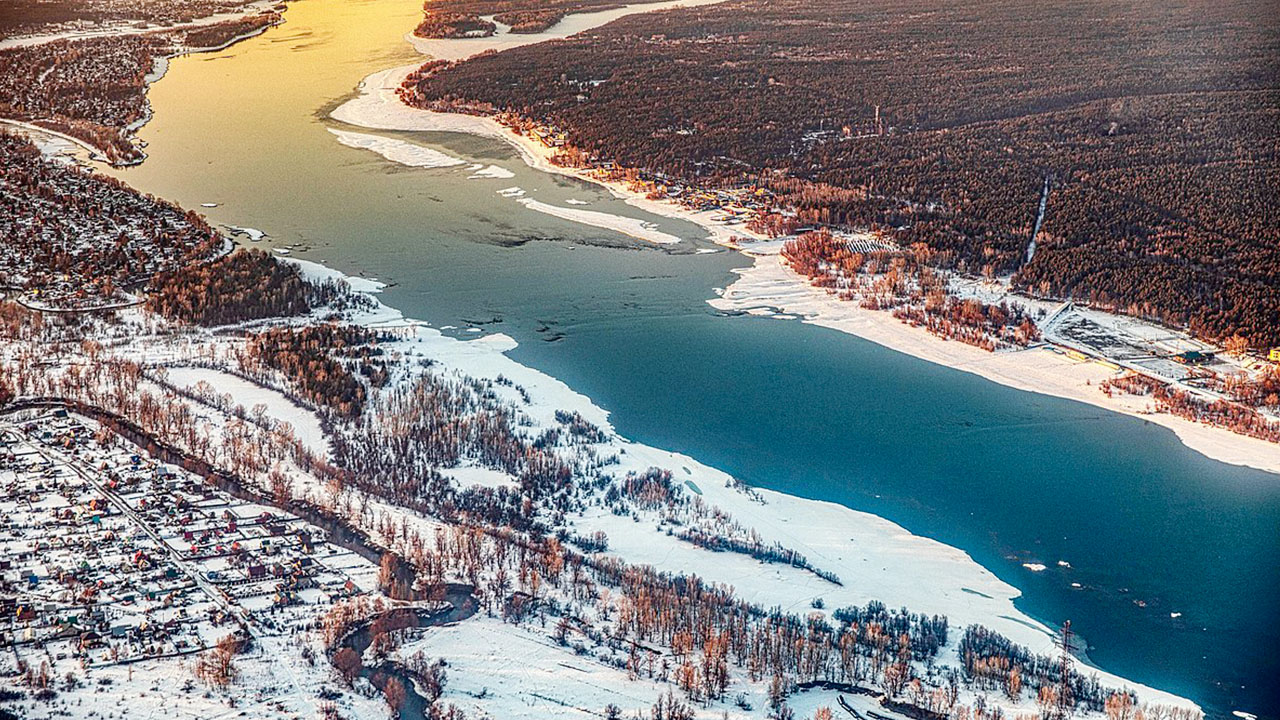
Siberia’s Ob River flows north and west across western Russia for 2,268 miles (3,650 kilometers), eventually draining into the Arctic Ocean. It begins in the Altai Mountains near the Mongolian border, flowing through the cities of Novosibirsk and Salekhard. Its extensive basin houses endangered species like the Siberian crane and polar bear.
Frequently Asked Questions About the World’s Longest Rivers
What are some common features of the longest rivers?
The world’s longest rivers often share certain features like having major tributaries and extensive drainage basins, flowing through multiple countries, supporting rich biodiversity, enabling key transportation routes, facing various environmental threats from human activity, and playing an integral role in the societies living along their banks.
Do the longest rivers also carry the most water?
While the longest rivers are massive and carry huge volumes of water, the largest rivers by discharge volume are actually the Amazon and Congo Rivers. Their very rainy tropical water basins collect astonishing amounts of rainfall and contribute enormous outflows oceans.
Where do most of the longest rivers flow through?
Out of the top ten longest rivers, four flow at least partially through Russia (including Siberia), four through China, and four through Africa. Their combined lengths traverses 35 countries in total across South America, Africa, Russia, China, and the United States.
Are the longest rivers also the oldest?
The ages of the present-day longest rivers vary greatly depending on tectonic shifts that have formed major basins and drainage routes over millions of years. For example, the New River in the U.S. state of Virginia-West Virginia is actually considered one of the world’s oldest rivers at an estimated 10-360 million years old.
Why are the longest rivers important?
In addition to supporting human uses like water supplies, trade routes and tourism, the world’s major rivers also influence local climates and regional biodiversity by distributing nutrients across vast landscapes. Their conservation is key to managing water quality and availability for both wildlife and people.
Conclusion
The lengthy journeys of the world’s longest rivers have shaped both natural environments and human civilizations across wide regions for many ages through sustaining life, enabling connections, and compelling the human imagination. But these iconic waterways also increasingly face daunting threats from growing cities, farms, dams and climate shifts. Balancing their conservation and sustainable use remains one of the planet’s foremost challenges.



